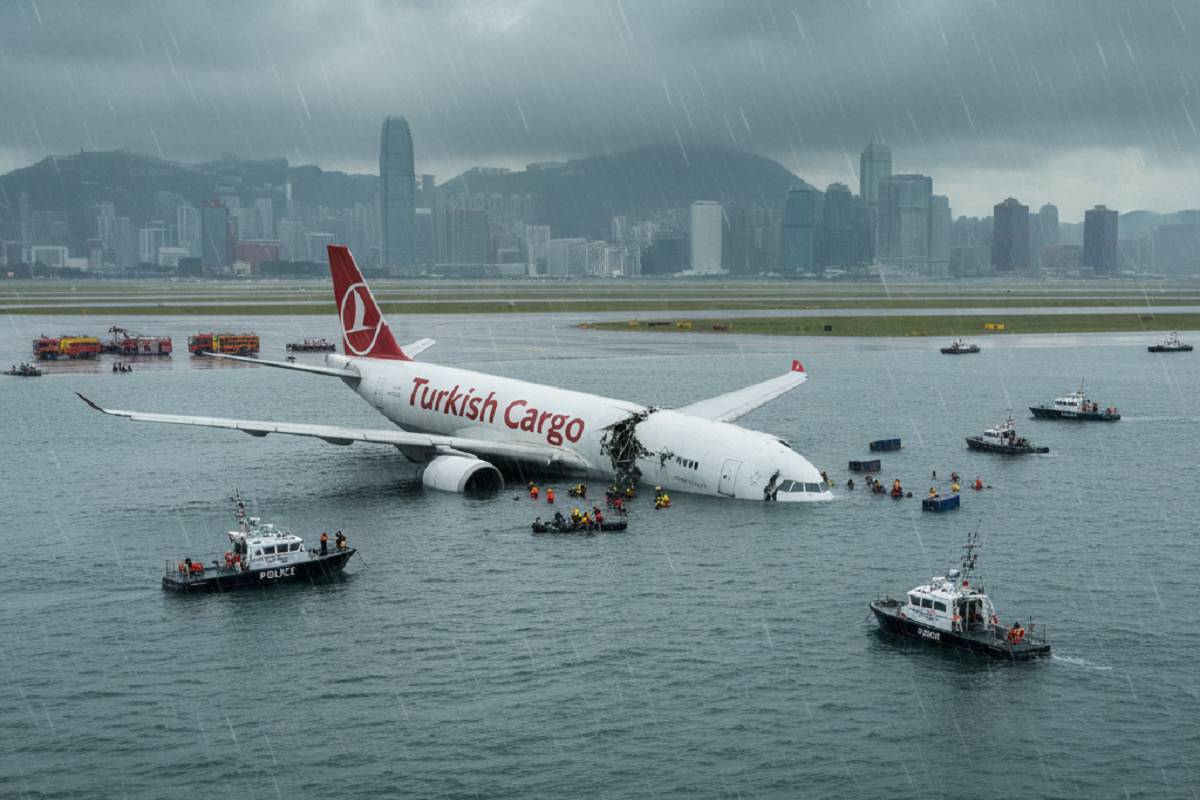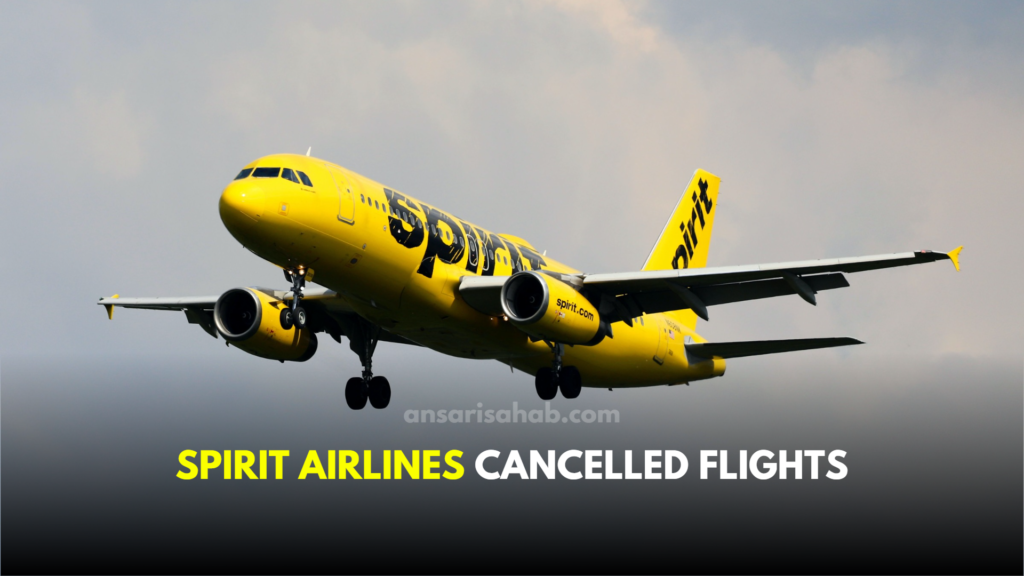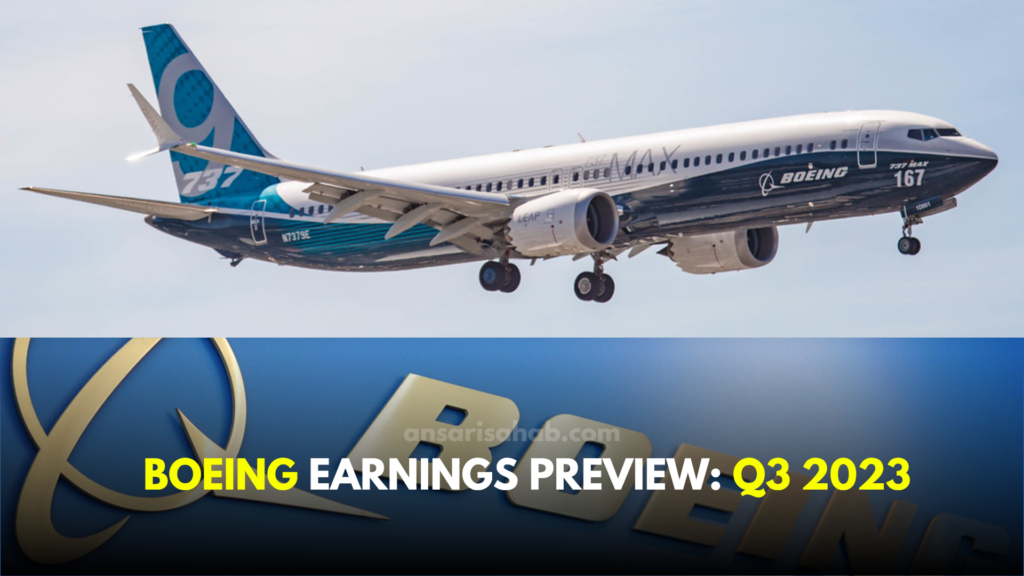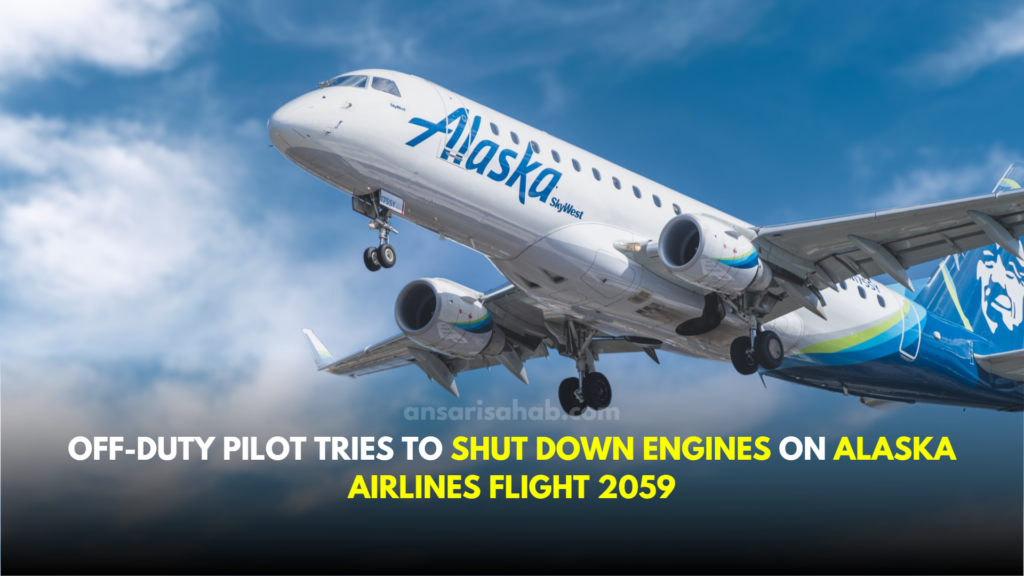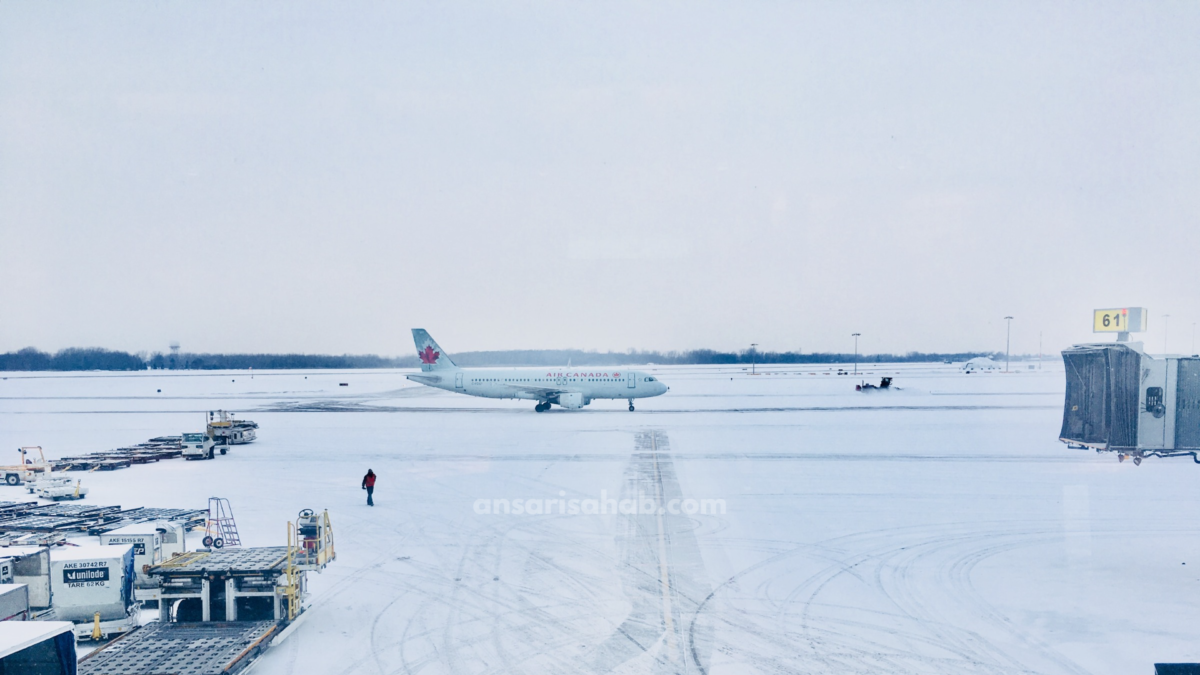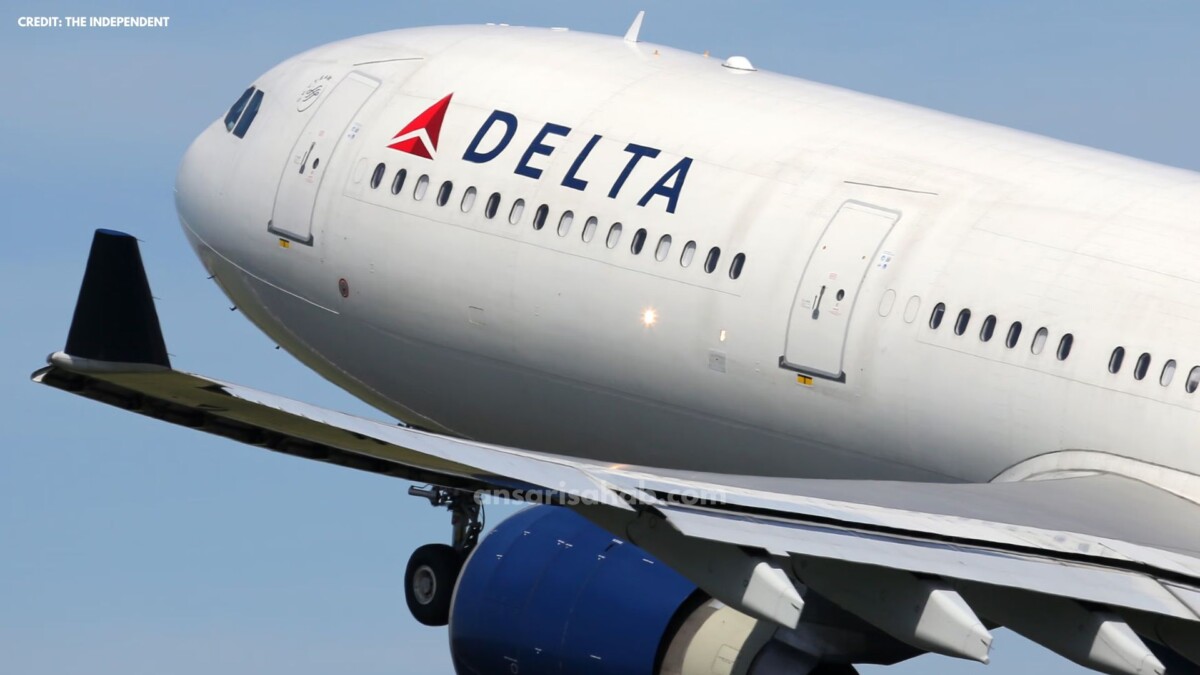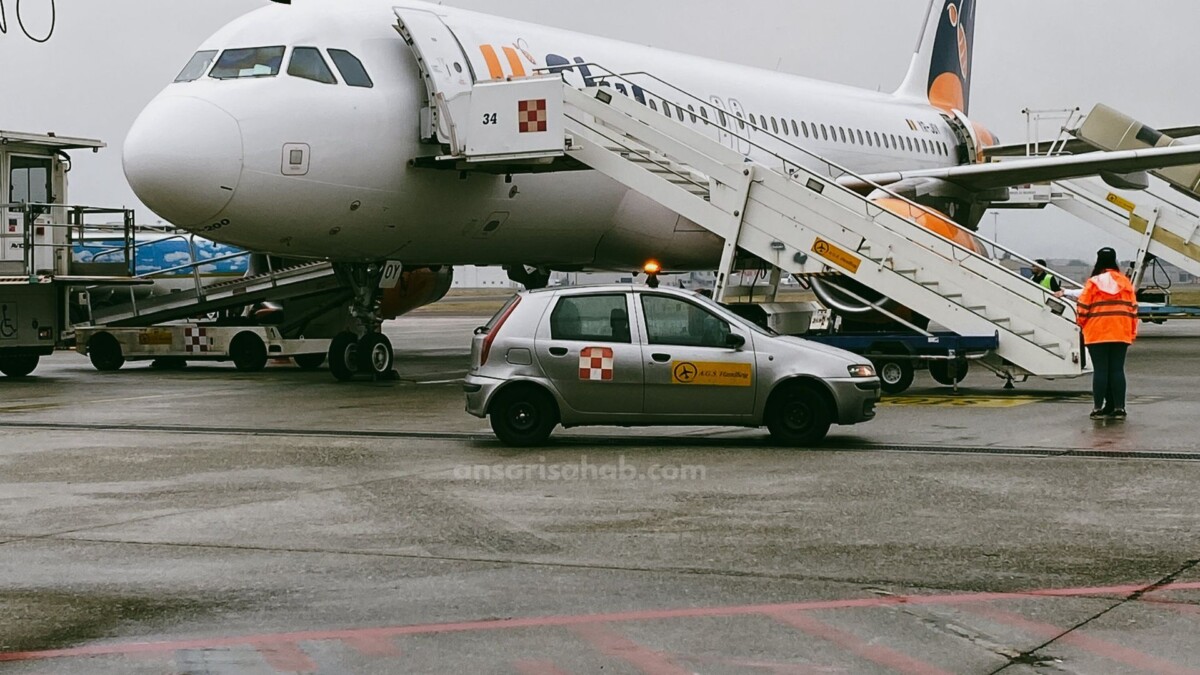Early on Monday, 20 October 2025, a ACT Airlines-operated Boeing 747 freighter on lease to Emirates veered off the north runway at Hong Kong International Airport around 3:50 a.m. HKT (1950 GMT Sunday), striking a patrol car before plunging into the sea. Two airport security staff inside the vehicle were fatally injured, while the four crew aboard the cargo plane escaped unharmed.
Incident Overview and Immediate Response
The cargo flight, registered as flight EK9788, had arrived from Al Maktoum International Airport in Dubai and touched down on runway 07L of Hong Kong International Airport. According to officials, after landing, the aircraft suddenly veered left, crashed through the perimeter fencing and struck a security patrol vehicle, which was then dragged into the sea along with the fuselage.
Airport Authority Hong Kong reported that the patrol vehicle was operating along a road outside the runway fencing and “definitely did not rush onto the runway”. A major emergency response followed, with over 200 fire-service personnel, rescue vessels and divers deployed. The two ground staff—aged 30 and 41—were recovered from the partially submerged vehicle and were later pronounced dead.
Details of the Cargo Aircraft and Operator
The plane involved in the crash was a 32-year-old Boeing 747-400 freighter operating under a wet-lease to Emirates from ACT Airlines, a Turkish freight carrier. Emirates confirmed the crew’s safety and noted the aircraft was flying empty at the time of the incident—no cargo was onboard.
Investigators from the Air Accident Investigation Authority (AAIA) confirmed the retrieval of the cockpit voice recorder and flight data recorder is underway. Weather and runway conditions were said to be suitable at the time of landing, narrowing the investigation to operational and technical factors.
Broader Context and Safety Implications
Hong Kong International Airport is one of the world’s busiest freight hubs, with the cargo-centric runway involved in this incident. While passenger flights remain largely unaffected (other runways remained operational), the severity of this event highlights vulnerabilities in ground-operations interfaces and runway safety management.
Safety experts note that runway excursions, especially involving large freighters, carry high risk not only for occupants but for ground-crew working adjacent to landing areas. The fact that the plane hit a vehicle outside the fence raises questions about the adequacy of perimeter separation and the potential for secondary casualties in such accidents.
What It Means Going Forward
For airport authorities: This incident is likely to trigger reviews of vehicle-runway perimeter safety procedures, emergency response protocols, and freighter landing safety margins. For airlines and lessees: It underscores the need for rigorous maintenance, crew training on unusual landing conditions, and ensuring cargo-fleet age and condition do not compromise safety. For the travelling public: While direct effects on passengers might be limited in this case, cargo-runway incidents can cascade into flight disruptions, air-cargo delays and potentially impact air-freight supply chains.
As the investigation progresses, both ACT Airlines and Emirates, along with Hong Kong’s airport regulator, will need to issue detailed findings. The timeline for full restoration of the closed north runway and full operational normalisation remains dependent on safety inspections and clearance of the wreckage.
FAQs
The Turkish cargo plane, operated by ACT Airlines under lease to Emirates, skidded off the north runway of Hong Kong International Airport on 20 October 2025 at about 3:50 a.m. HKT, struck a patrol vehicle and ended up in the sea, killing two ground staff.
No cargo was on board at the time of the accident and there were no passengers—only the four crew members, all of whom survived and reported no serious injuries.
While the north runway has been temporarily closed for inspection, the other runways remain operational and flight disruptions should be minimal. Cargo operations may see delayed scheduling until full clearance is granted.

